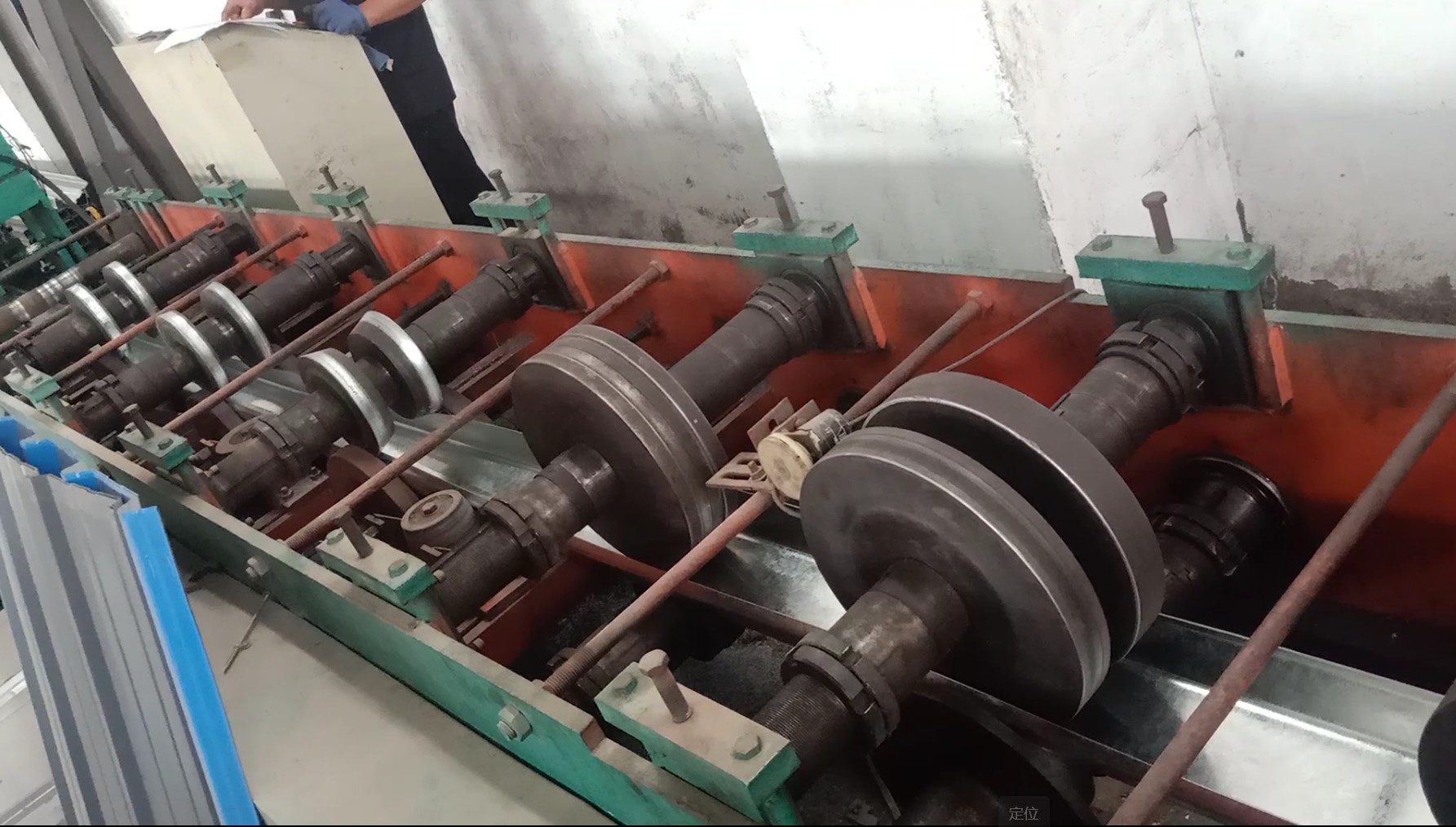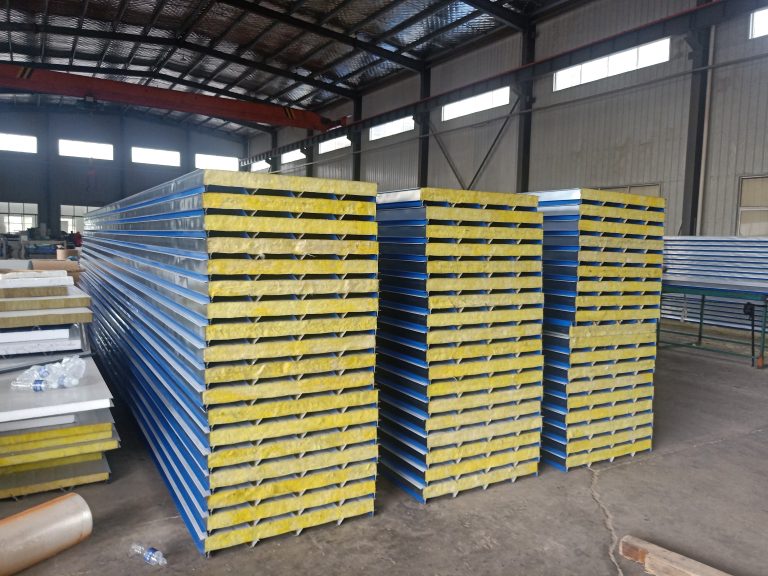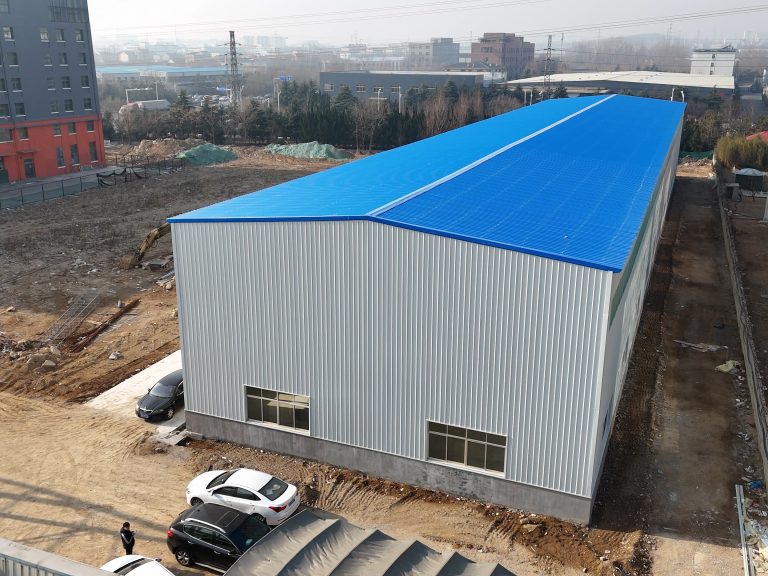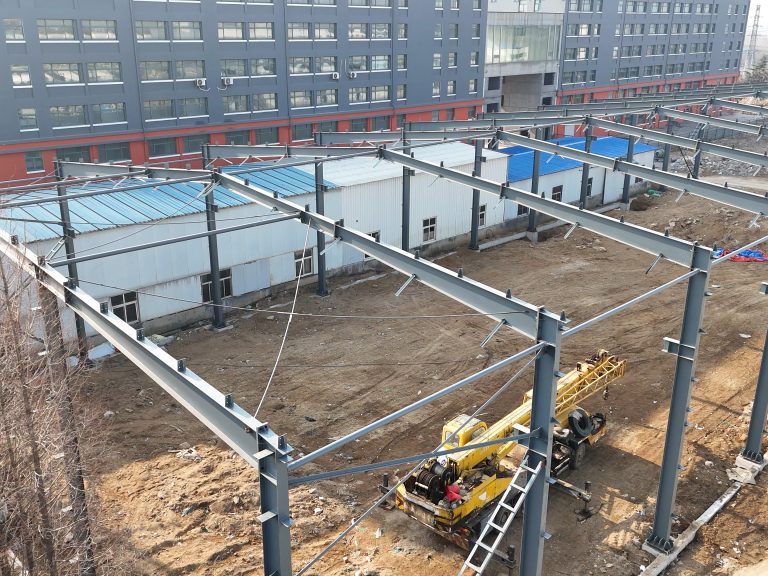Table of Contents
Wind Load Analysis for Steel Structure Hangars
Steel structure hangars are essential buildings for storing aircraft and protecting them from the elements. When designing a steel structure hangar, there are several important considerations to keep in mind, one of which is wind load analysis. Understanding the wind load that a hangar will be subjected to is crucial in ensuring its structural integrity and safety.
Wind load analysis involves calculating the force exerted by wind on a structure and determining how it will affect the building’s stability. Factors such as the hangar’s location, height, shape, and orientation all play a role in determining the wind load it will experience. Additionally, local building codes and regulations may dictate specific wind load requirements that must be met.
One of the key considerations in wind load analysis for steel structure hangars is the importance of aerodynamics. The shape and design of the hangar can significantly impact how wind flows around and through the structure. A streamlined design with minimal projections and sharp edges will help reduce wind resistance and minimize the force exerted on the building.
Another important factor to consider is the hangar’s height. Taller structures will experience higher wind loads due to increased exposure to wind at higher elevations. It is essential to account for this in the design process and ensure that the structure can withstand the forces it will be subjected to.
The orientation of the hangar is also critical in wind load analysis. The direction from which prevailing winds typically come should be taken into account when positioning the hangar on the site. Proper orientation can help minimize wind resistance and reduce the overall wind load on the structure.
In addition to these design considerations, it is essential to use accurate and up-to-date wind load calculations in the design process. Wind load standards and guidelines are constantly evolving, and it is crucial to stay informed about the latest developments in the field. Working with experienced engineers and consultants who specialize in wind load analysis can help ensure that the hangar is designed to meet all necessary requirements.
Once the wind load analysis has been completed, it is important to incorporate the findings into the overall structural design of the hangar. This may involve reinforcing certain areas of the building, adjusting the shape or orientation, or using specific materials to enhance the structure’s ability to withstand wind forces.
In conclusion, wind load analysis is a critical aspect of designing steel structure hangars. By carefully considering factors such as aerodynamics, height, orientation, and accurate calculations, designers can create hangars that are safe, stable, and able to withstand the forces of nature. Working with experienced professionals and staying informed about industry standards will help ensure that the hangar meets all necessary requirements and provides a secure environment for aircraft storage.
Fire Protection Measures for Steel Structure Hangars
Steel structure hangars are essential facilities for storing and maintaining aircraft. These structures are typically made of steel due to its strength, durability, and cost-effectiveness. However, when designing a steel structure hangar, it is crucial to consider fire protection measures to ensure the safety of the aircraft and personnel inside the facility.
One of the most important fire protection measures for steel structure hangars is the installation of fire detection and suppression systems. These systems are designed to detect fires at an early stage and suppress them before they can spread and cause significant damage. Common fire detection systems used in steel structure hangars include smoke detectors, heat detectors, and flame detectors. These systems are typically connected to a central control panel that alerts personnel in the event of a fire.
In addition to fire detection systems, fire suppression systems are also essential for protecting steel structure hangars. These systems are designed to extinguish fires quickly and effectively to minimize damage to the aircraft and the facility. Common fire suppression systems used in steel structure hangars include sprinkler systems, foam systems, and gas suppression systems. These systems are typically activated automatically in the event of a fire or can be manually activated by personnel.

When designing a steel structure hangar, it is important to consider the fire resistance of the materials used in the construction. Steel is inherently fire-resistant, but additional fire protection measures can be taken to enhance its fire resistance. For example, fire-resistant coatings can be applied to steel beams and columns to increase their fire resistance. Additionally, fire-rated doors and walls can be installed to compartmentalize the hangar and prevent the spread of fire.
Proper ventilation is another important consideration when designing a steel structure hangar. Adequate ventilation is essential for maintaining air quality and preventing the buildup of flammable gases and vapors. In the event of a fire, proper ventilation can help to remove smoke and heat from the hangar, allowing personnel to evacuate safely and firefighters to access the fire more easily.
Regular maintenance and inspection of fire protection systems are also crucial for ensuring the effectiveness of these systems. Fire detection and suppression systems should be tested regularly to ensure they are functioning properly. In addition, fire doors, walls, and other fire protection measures should be inspected for damage or wear and tear that could compromise their effectiveness.
In conclusion, fire protection measures are essential for ensuring the safety of aircraft and personnel in steel structure hangars. By installing fire detection and suppression systems, using fire-resistant materials, providing proper ventilation, and conducting regular maintenance and inspections, steel structure hangars can be effectively protected against the threat of fire. Designing a steel structure hangar with these considerations in mind will help to ensure the safety and security of the facility for years to come.






